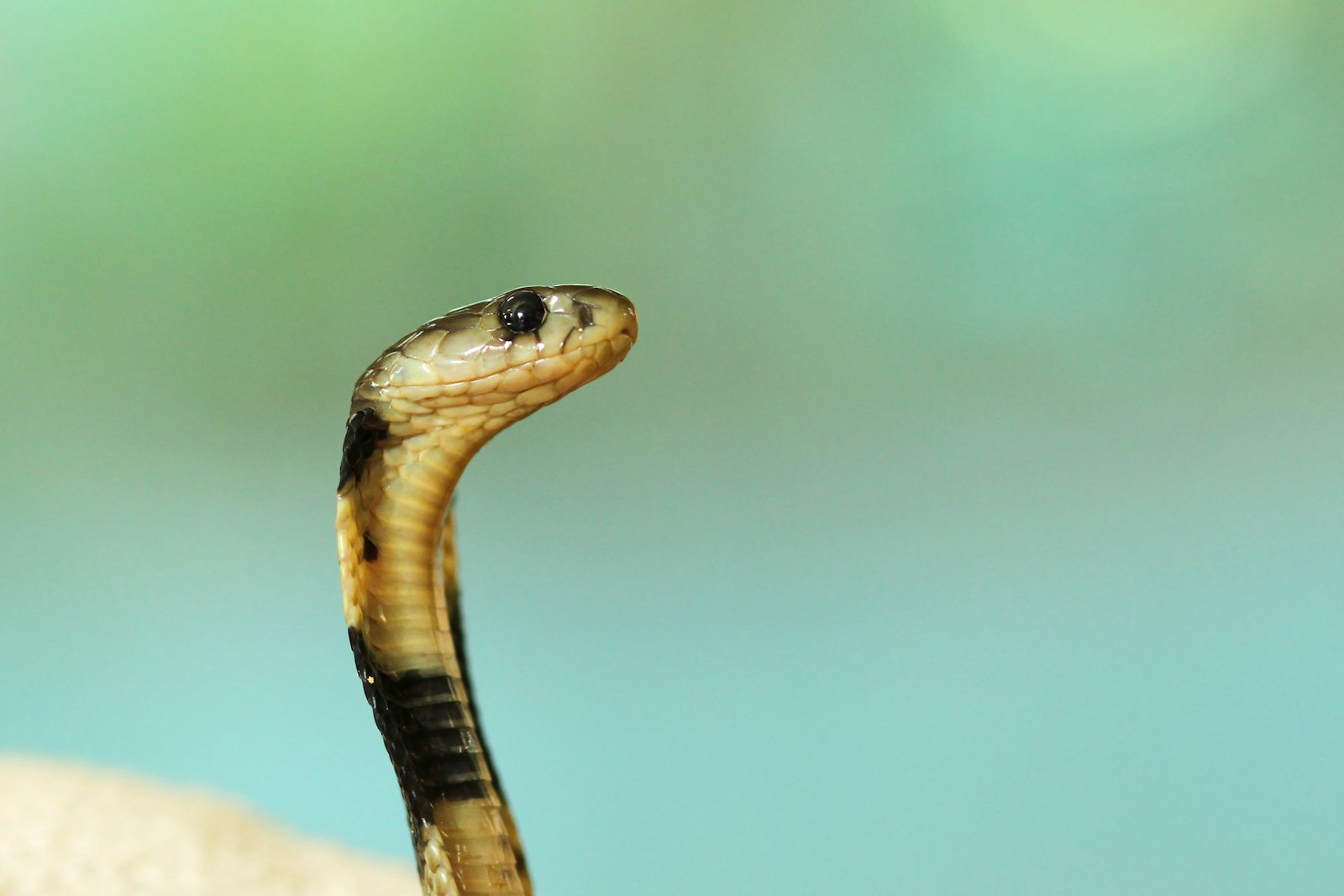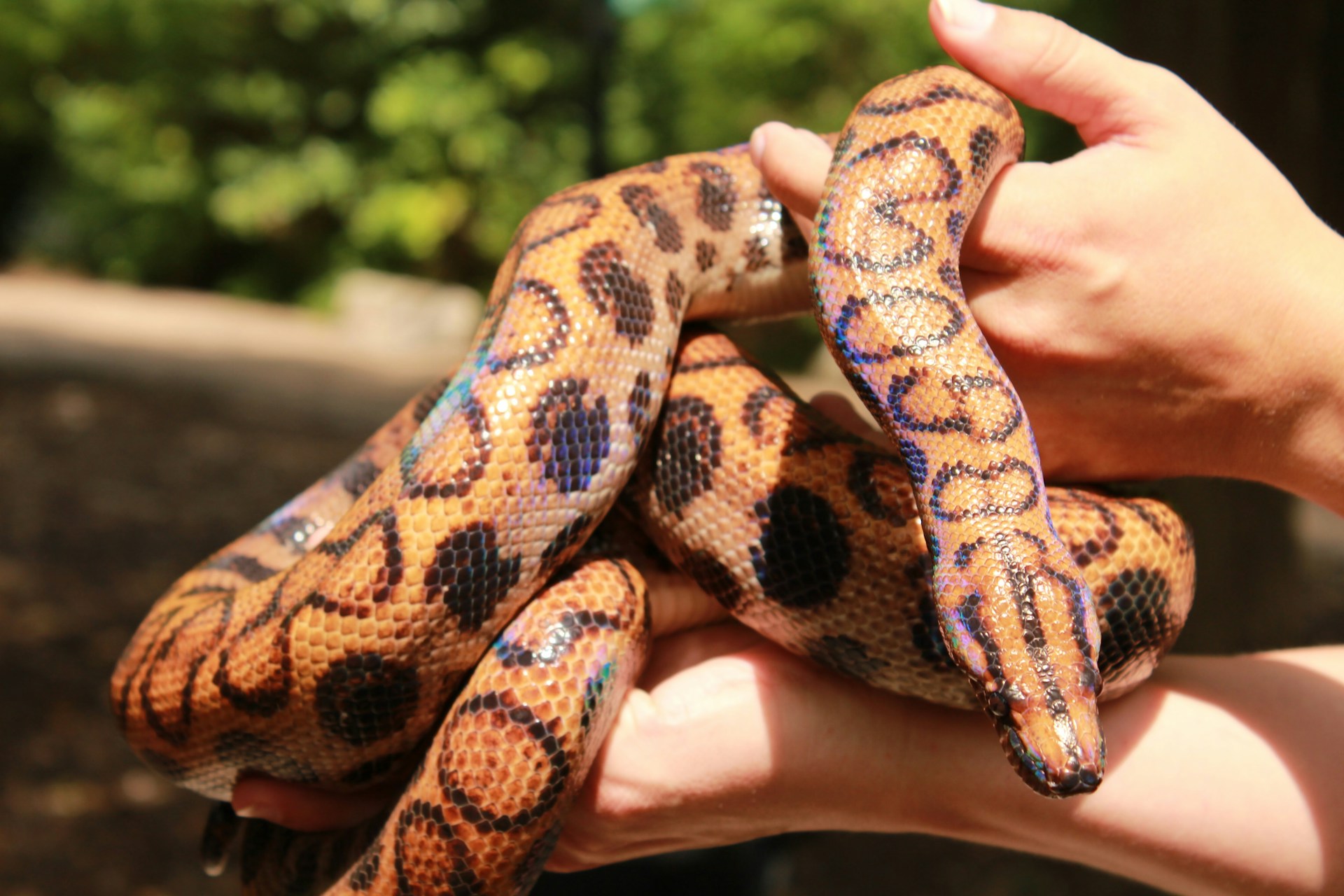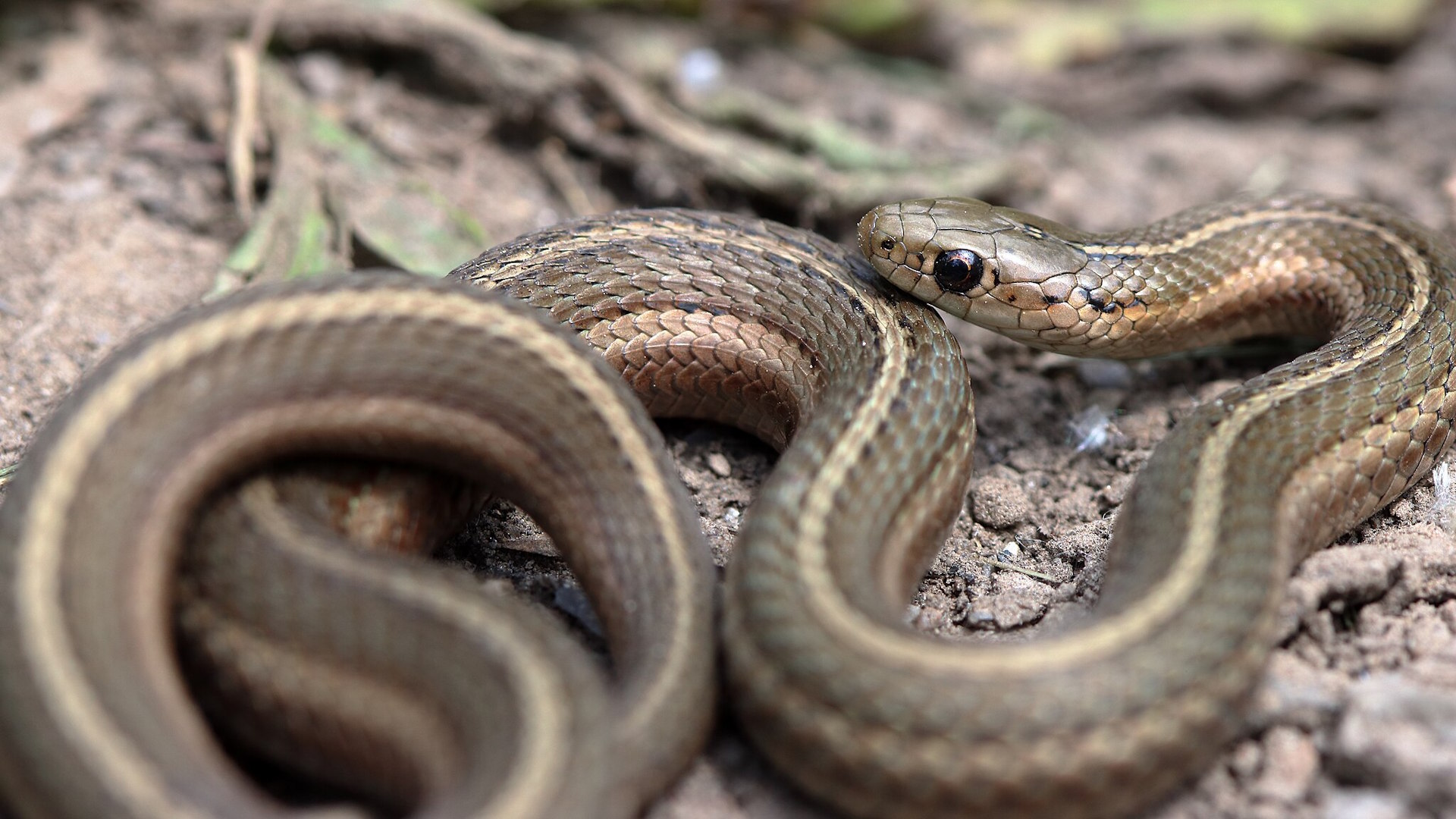Venomous snakes have captivated human imagination for centuries, often inspiring both fear and fascination. Unfortunately, this has led to a wealth of misinformation that continues to circulate today. These misconceptions not only perpetuate unnecessary fear but can also lead to dangerous situations for both humans and snakes. Understanding the truth behind these myths is crucial for promoting coexistence with these important predators and ensuring proper response in potential encounters. In this article, we’ll explore and debunk the most persistent myths about venomous snakes, replacing fiction with scientific facts.
Myth: All Snakes Are Venomous
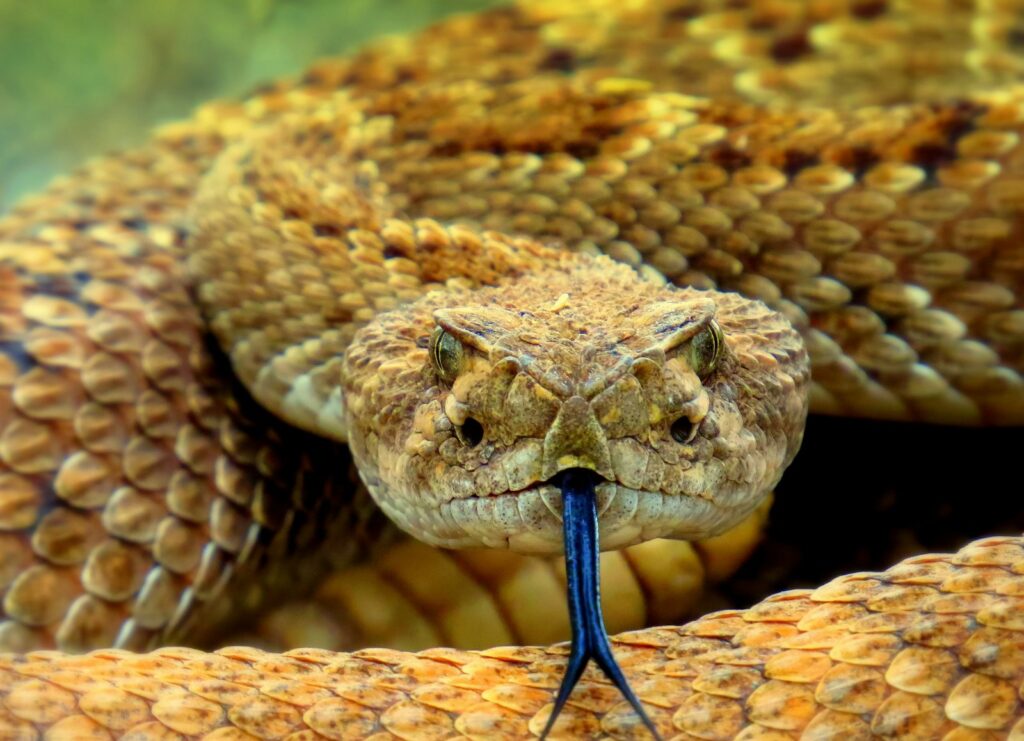
One of the most widespread misconceptions is that every snake poses a venomous threat to humans. In reality, of the approximately 3,900 snake species worldwide, only about 600 (roughly 15%) are venomous, and of those, only about 200 species can cause significant harm to humans. The vast majority of snakes you might encounter are completely harmless and play vital roles in controlling rodent populations and maintaining ecosystem balance. In North America specifically, only about 20 species are venomous, including rattlesnakes, copperheads, cottonmouths, and coral snakes, meaning the average person is far more likely to encounter a non-venomous species. Even in regions with higher venomous snake diversity like Australia, non-venomous species still outnumber their venomous counterparts.
Myth: Venomous Snakes Always Have Triangle-Shaped Heads
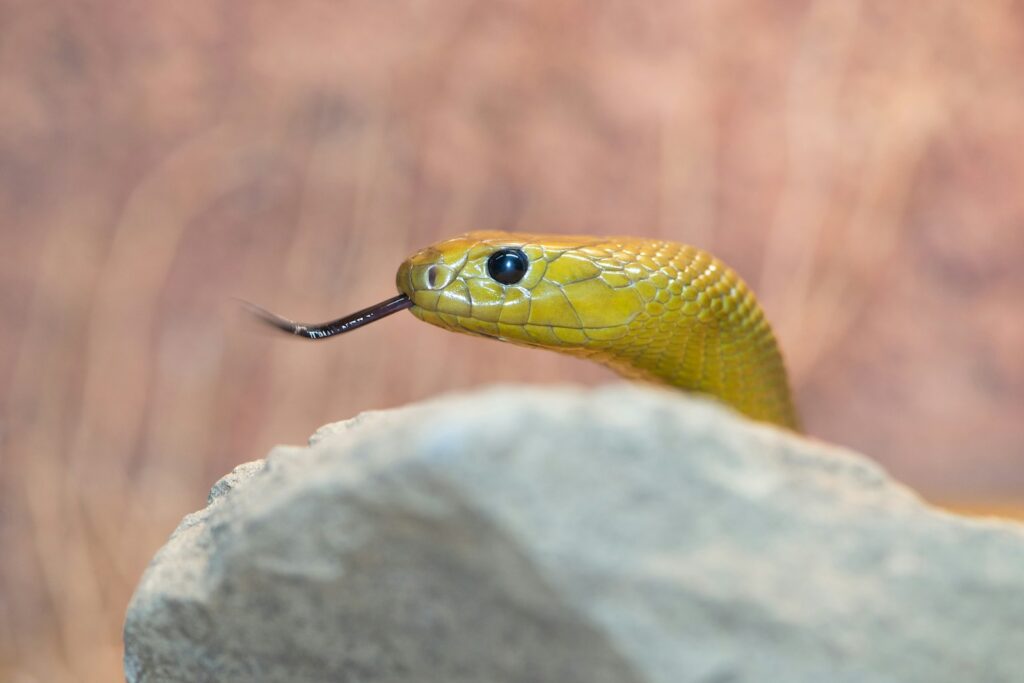
The notion that you can identify a venomous snake by its triangular head shape is dangerously unreliable. While many venomous snakes, particularly vipers, do have somewhat triangular heads due to their venom glands, many harmless snakes can flatten their heads when threatened, creating a similar triangular appearance. Additionally, not all venomous snakes follow this pattern—coral snakes, sea snakes, and many elapids (including cobras) have heads that aren’t distinctly triangular. Conversely, completely harmless watersnakes and gartersnakes often display head-flattening defensive behavior that makes them appear viper-like when frightened. Relying on head shape alone for identification can lead to misidentifying harmless snakes as dangerous, or worse, misidentifying venomous snakes as harmless.
Myth: Venomous Snakes Always Have Elliptical Pupils
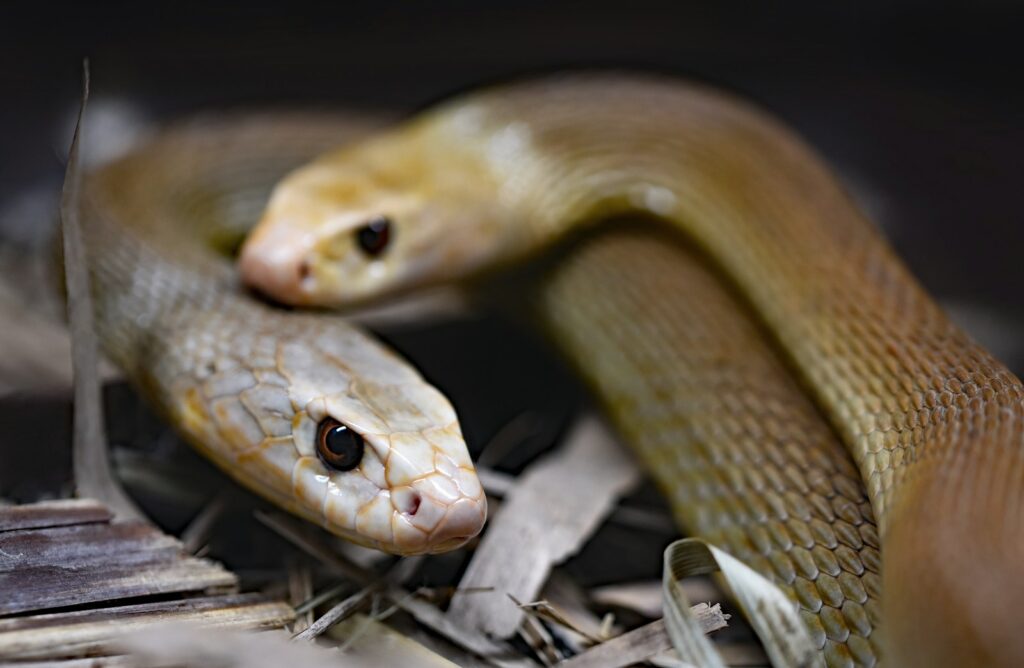
The idea that venomous snakes can be identified by their vertical, cat-like pupils is another dangerous oversimplification. While many pit vipers (like rattlesnakes and copperheads) do have elliptical pupils, many highly venomous snakes, including cobras, mambas, and coral snakes, have round pupils indistinguishable from those of non-venomous species. Pupil shape is more closely related to a snake’s activity patterns than its venom status—vertical pupils are often an adaptation for nocturnal hunting, while round pupils are common in diurnal (day-active) species. Some non-venomous snakes like certain pythons and boas also have vertical pupils, making this characteristic unreliable for determining whether a snake is dangerous. Additionally, attempting to get close enough to examine a snake’s pupils puts you at unnecessary risk if the snake is indeed venomous.
Myth: Brightly Colored Snakes Are Always Venomous
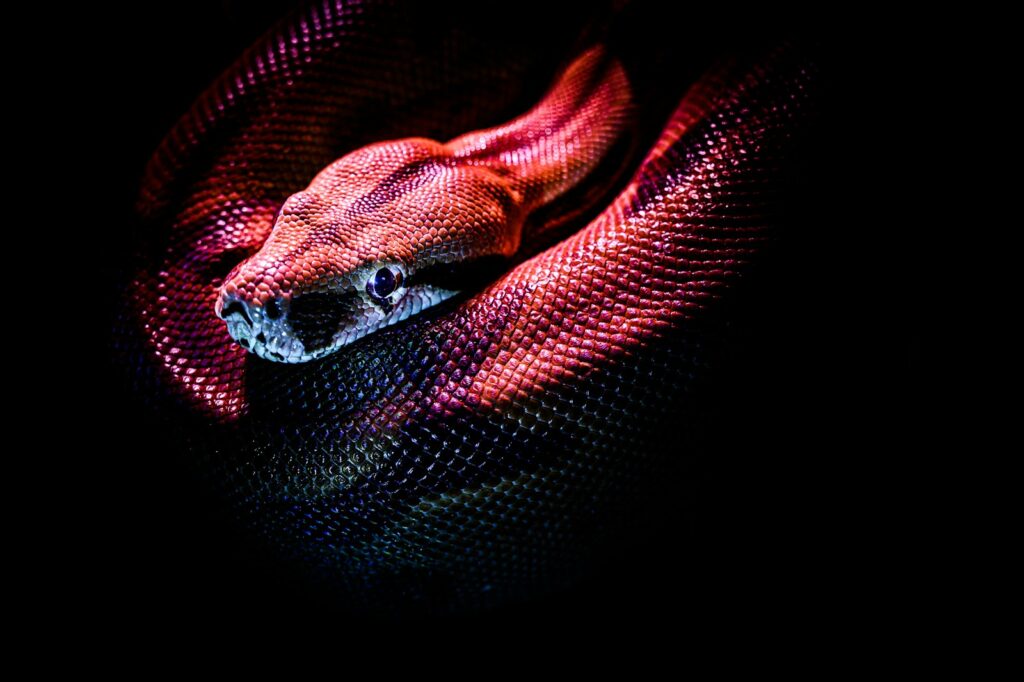
Vibrant coloration is often misinterpreted as a universal warning sign of venom, but this assumption is far from accurate. While some venomous species like coral snakes do display aposematic (warning) coloration with bright bands of red, yellow, and black, many non-venomous snakes have evolved to mimic these patterns specifically to deter predators, despite having no venom capabilities. The scarlet kingsnake, for example, closely resembles the venomous coral snake but is completely harmless to humans. Conversely, some of the world’s deadliest snakes, including the inland taipan and many brown snakes in Australia, have relatively drab, inconspicuous coloration. Snake coloration has evolved for various reasons including camouflage, thermoregulation, and mimicry, and cannot be used as a reliable indicator of whether a snake possesses venom.
Myth: Snakes Chase Humans to Attack Them
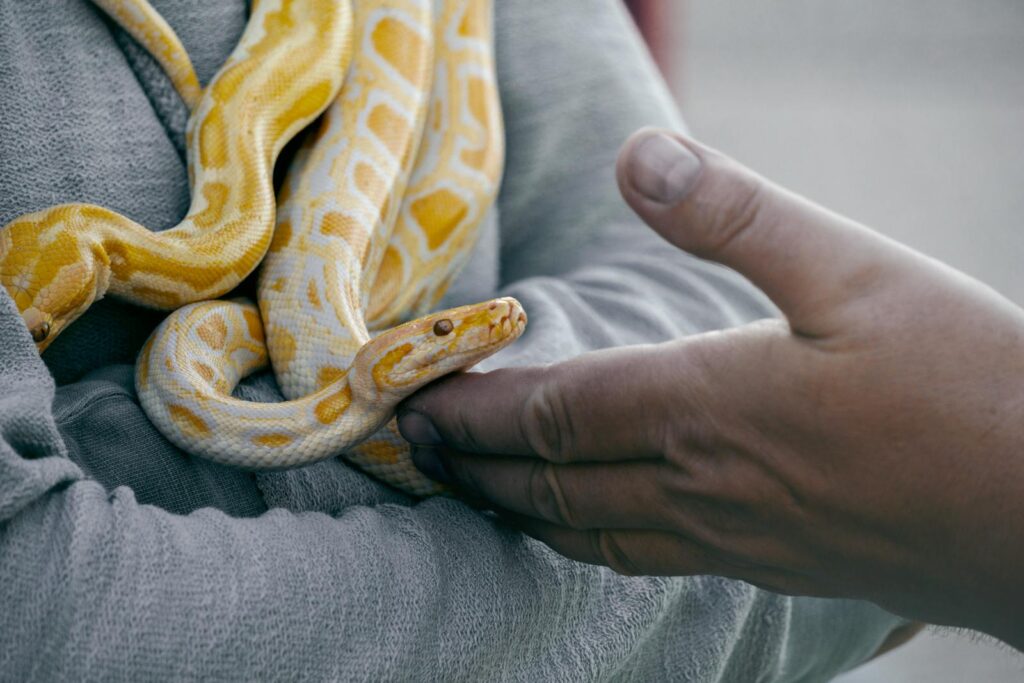
The frightening image of a snake pursuing a person with intent to attack is deeply ingrained in popular culture but has no basis in snake behavior. Snakes are generally shy creatures that view humans as potential predators, not prey, and their overwhelming instinct is to escape when they detect human presence. What appears to be “chasing” is almost always a snake trying to reach a hiding spot that happens to be in the direction of a person, or a defensive response when a snake feels cornered with only one escape route. Some water snakes may swim toward a person out of curiosity or because they associate humans with food if they’ve been fed in the past, but this is not aggressive pursuit. Understanding that snakes want to avoid confrontation with humans is important for maintaining proper perspective during encounters.
Myth: Baby Venomous Snakes Are More Dangerous Than Adults
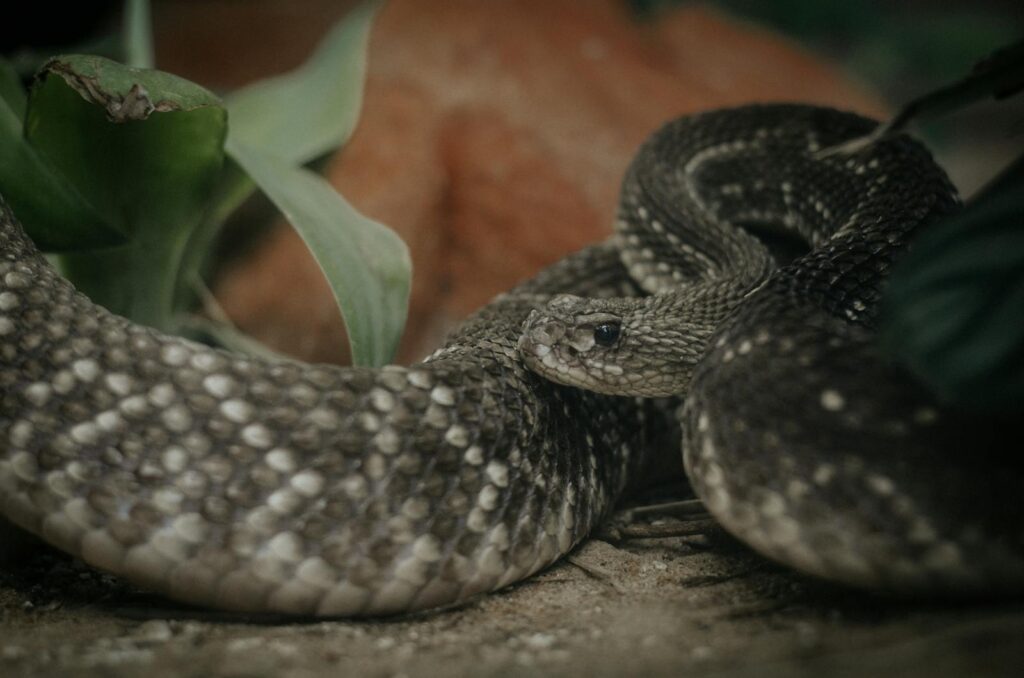
The claim that juvenile venomous snakes are more dangerous because they “can’t control how much venom they inject” persists despite lacking scientific support. While young snakes do possess fully functional venom from birth, research shows they typically deliver smaller venom yields than adults simply due to their smaller venom glands and fangs. Adult snakes are capable of delivering dry bites (defensive strikes without venom) and modulating venom injection, abilities that juvenile snakes also possess to varying degrees. The perception of increased danger likely stems from the fact that young snakes may be more easily startled and quick to defend themselves than experienced adults. However, from a medical perspective, bites from adult venomous snakes typically present greater risks due to their capacity to deliver larger venom loads.
Myth: Sucking Venom From a Bite Wound Is Effective First Aid
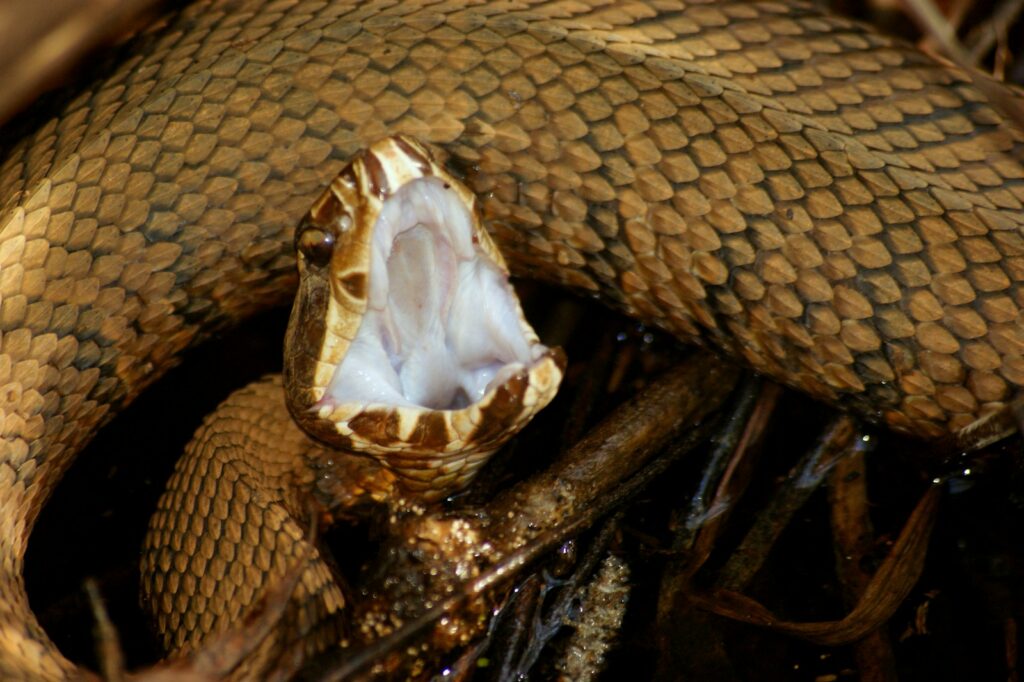
The dramatic portrayal of sucking venom from a snakebite wound has been a staple of movies and television for decades, but medical professionals universally condemn this practice. Venom enters the bloodstream almost immediately after injection, making manual extraction impossible, and attempting to suck it out only wastes precious time that should be used seeking proper medical attention. This method can actually worsen the situation by potentially introducing bacteria from the rescuer’s mouth into the wound, increasing the risk of infection. Additionally, if the rescuer has any cuts or sores in their mouth, they risk absorbing some venom themselves. Modern snakebite first aid focuses on keeping the victim calm, immobilizing the affected limb at heart level, removing constrictive items like jewelry, and transporting the victim to medical care as quickly as possible.
Myth: Venomous Snakes Always Rattle or Hiss Before Striking.
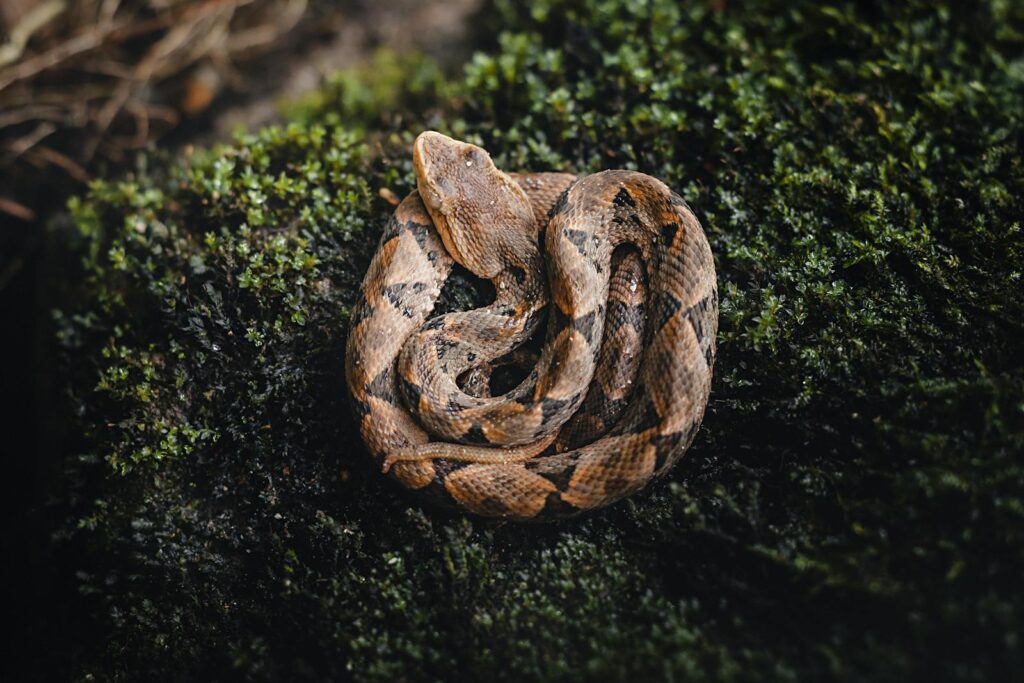
The belief that venomous snakes always give audible warnings before striking provides a false sense of security that can lead to dangerous situations. While some venomous species, notably rattlesnakes, do possess specialized warning mechanisms, many venomous snakes strike with little or no prior warning when they feel threatened. Cobras may display their hood, and some snakes might hiss or adopt defensive postures, but these warnings aren’t universal or guaranteed. Many defensive strikes occur when a snake is surprised, such as when someone accidentally steps near or on it, giving the snake no time to warn before defending itself. Environmental factors also play a role—a snake that doesn’t detect an approaching human due to noise, poor visibility, or because the snake is focused on hunting, may strike suddenly when startled.
Myth: Venomous Snakes Are Aggressive and Seek Human Interaction
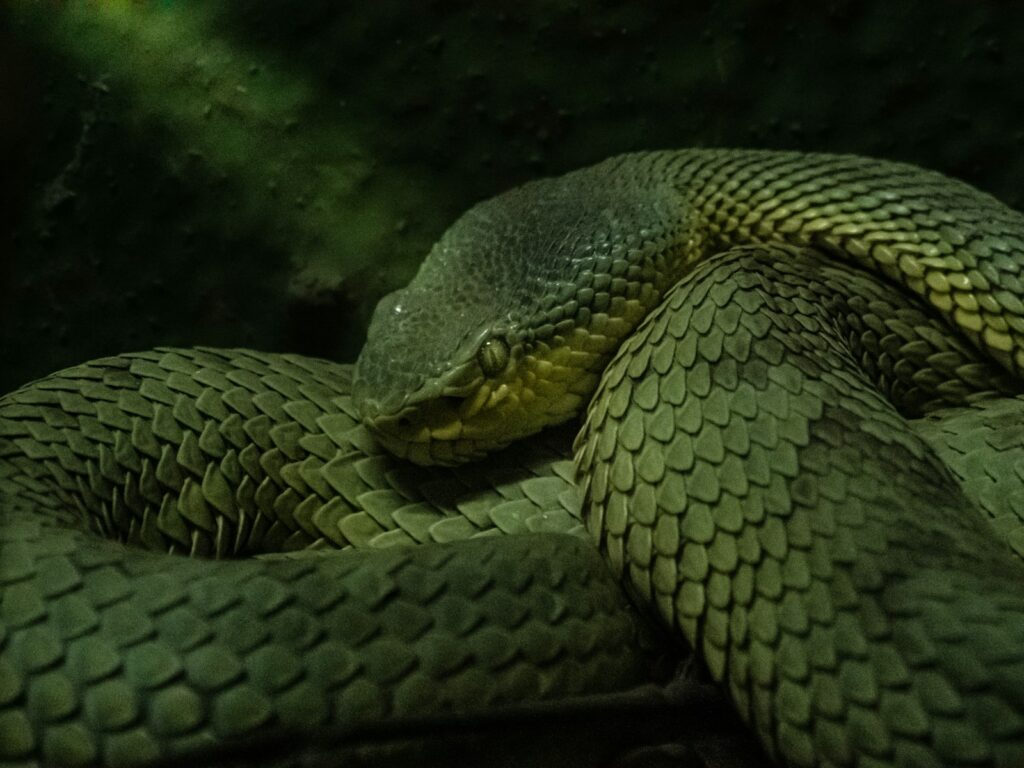
The characterization of venomous snakes as aggressive creatures that actively seek conflict with humans contradicts their natural behavior patterns. Venomous snakes, like most wild animals, generally perceive humans as potential predators and prefer to avoid interaction whenever possible. Their venom evolved primarily as a hunting tool to subdue prey, not as a defense against larger animals like humans. When defensive strikes do occur, they’re almost always last-resort responses to perceived threats when the snake feels cornered or directly threatened. Field studies consistently show that given the opportunity, even species with reputations for aggression like black mambas or king cobras will choose to retreat rather than engage. Most snakebites occur when snakes are handled, stepped on, or otherwise directly threatened, not because they initiated an attack.
Myth: You Can Tell a Venomous Snake by How It Swims
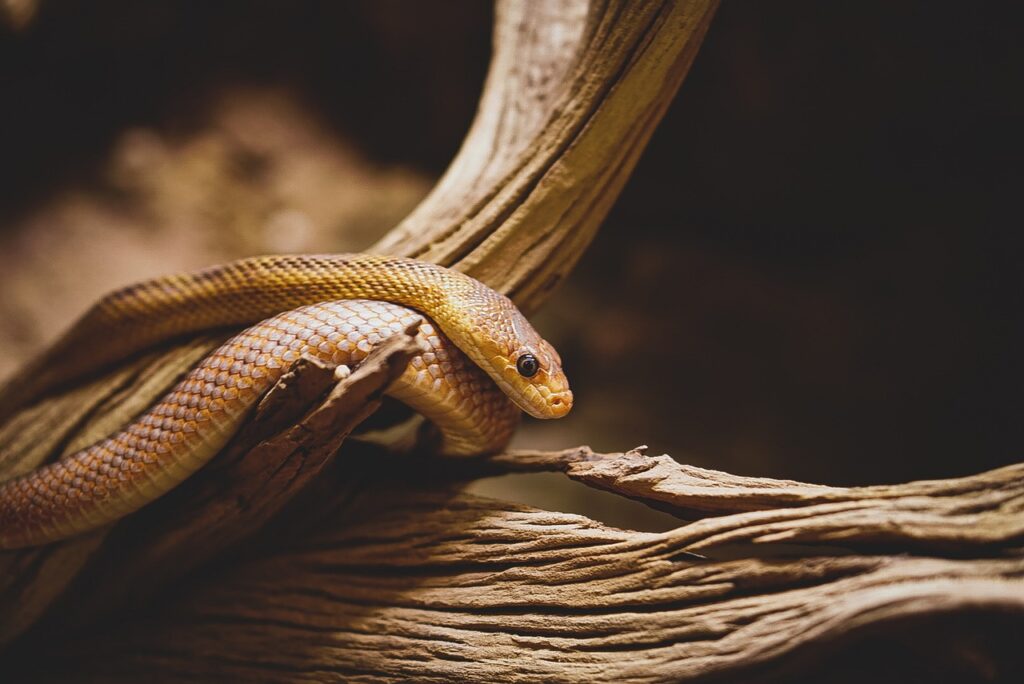
The idea that you can identify venomous water snakes by whether their entire body is visible above water while swimming is a particularly persistent myth in North America. This misconception suggests that venomous water snakes (like cottonmouths) swim with their bodies on top of the water, while harmless water snakes swim with only their heads above the surface. In reality, most snake species, venomous or not, can swim with either technique depending on their speed, purpose, and individual preference. Cottonmouths (water moccasins) often swim with most of their body submerged, directly contradicting the myth. This mistaken belief likely originated from limited observations that were overgeneralized, creating a dangerous identification method that could lead people to misidentify venomous snakes as harmless or vice versa.
Myth: Venomous Snakes Won’t Bite Underwater
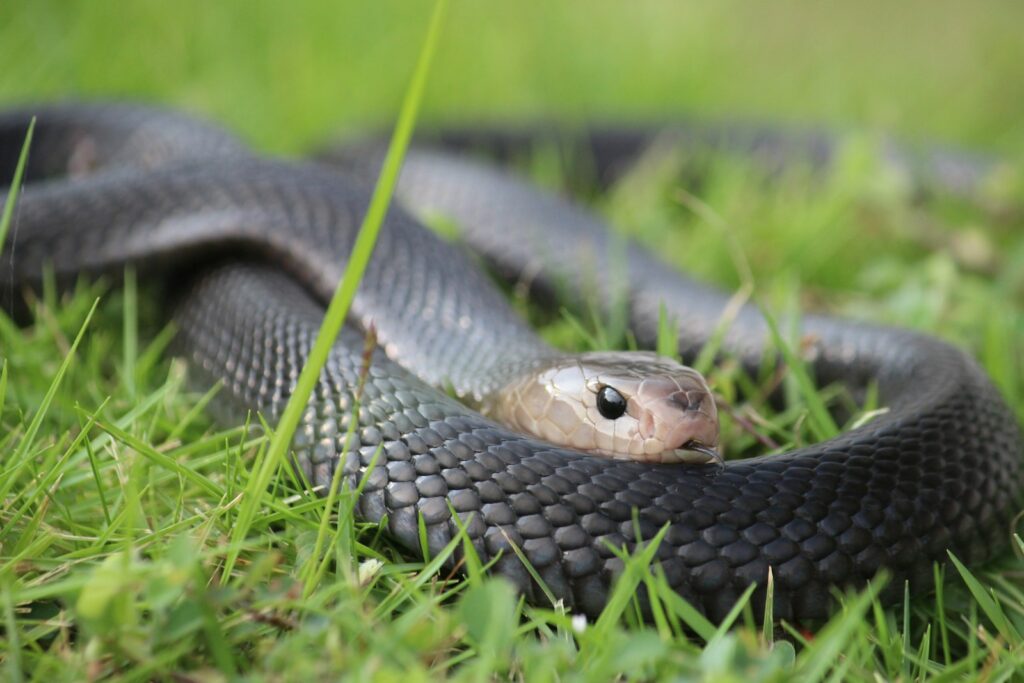
The dangerous misconception that venomous snakes cannot or will not bite while underwater puts swimmers at serious risk in areas where aquatic venomous species live. Snakes that spend significant time in aquatic environments, such as cottonmouths in North America and sea snakes in tropical oceans, are perfectly capable of striking and delivering venom while completely submerged. Their specialized anatomy allows them to bite effectively in water, and some sea snakes spend their entire lives without ever leaving the ocean. These highly venomous marine specialists have evolved to hunt fish underwater and can certainly bite humans who disturb them while swimming or diving. Although unprovoked attacks are extremely rare, the belief that water provides any protection from venomous snakes is dangerously false.
Myth: Venomous Snakes Always Deliver a Deadly Dose of Venom

The assumption that every bite from a venomous snake delivers a lethal dose of venom dramatically overstates the risks of snakebite. Studies indicate that 20-30% of venomous snakebites are “dry bites” where little or no venom is injected, as snakes can control their venom expenditure and often conserve this metabolically expensive resource. Even when venom is delivered, the amount varies greatly depending on multiple factors including the snake’s size, species, recent feeding activity, and the defensive situation. Modern medical care has dramatically improved snakebite outcomes, with less than 0.5% of treated venomous snakebites resulting in fatalities in the United States. While all venomous snakebites should be treated as medical emergencies, understanding that not all bites are equal in severity helps reduce unnecessary panic, which can worsen envenomation symptoms through increased heart rate and blood circulation.
Myth: Snake Venom Acts the Same in All Species
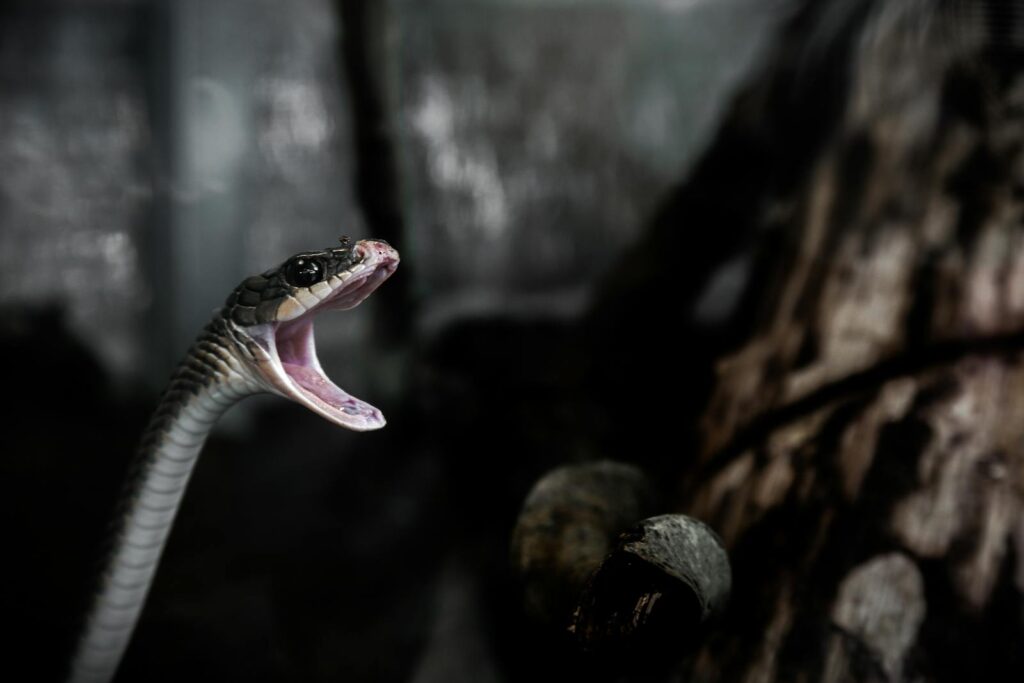
The mistaken belief that all snake venoms work similarly leads to dangerous misconceptions about snakebite treatment and severity. In reality, snake venoms are complex cocktails of proteins and enzymes that vary dramatically between species and even within populations of the same species. Broadly speaking, snake venoms can be categorized as predominantly neurotoxic (affecting the nervous system, like cobras and mambas), hemotoxic (affecting blood and tissue, like vipers), cytotoxic (destroying cells and tissue, like some cobras), or combinations of these. These different venom types cause vastly different symptoms ranging from paralysis to tissue destruction to blood clotting disorders, and require different medical approaches. This diversity is why species-specific antivenom is crucial, and why identifying the snake responsible for a bite whenever possible (safely, through photos or description) can be valuable information for medical professionals treating the victim.
Myth: Killing Snakes Makes Your Property Safer
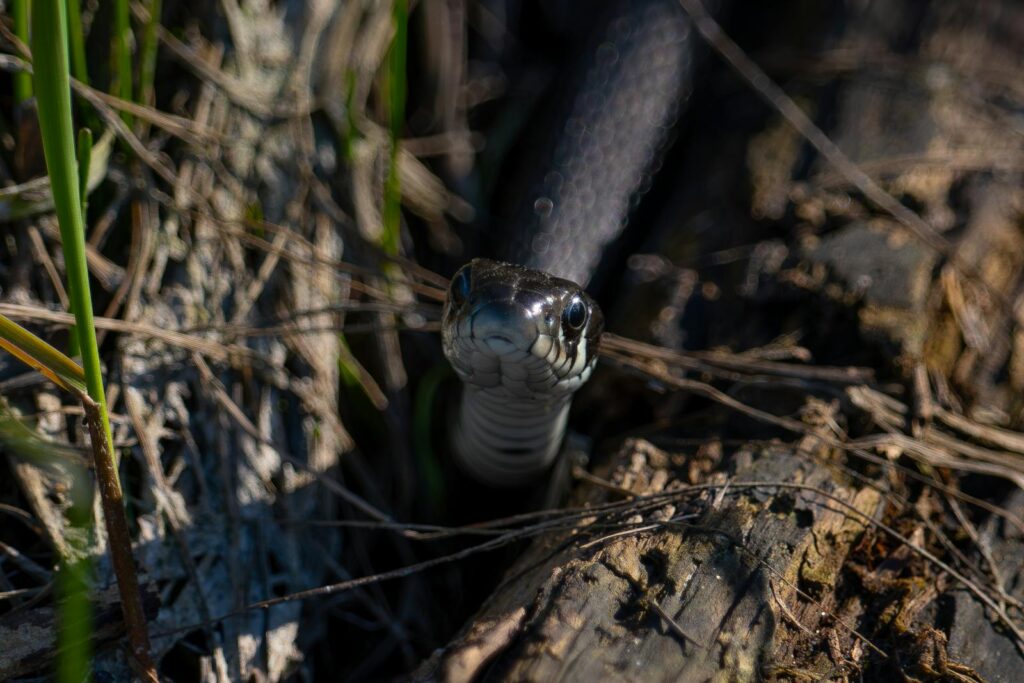
The practice of killing snakes, venomous or otherwise, with the belief that it increases property safety often achieves the opposite effect. When resident snakes are removed, their ecological role in controlling rodent populations goes unfilled, potentially leading to increases in disease-carrying mice and rats that pose their own significant health risks. Additionally, properties with abundant rodents may attract even more snakes from surrounding areas. Research suggests that leaving non-venomous snakes in place can actually reduce the presence of venomous species through competition for resources. A more effective approach to reducing snake encounters involves habitat modification—keeping grass short, removing brush piles near dwellings, sealing home entry points, and eliminating rodent food sources and shelter. These methods decrease the likelihood of encounters without disrupting beneficial ecological relationships.
Conclusion
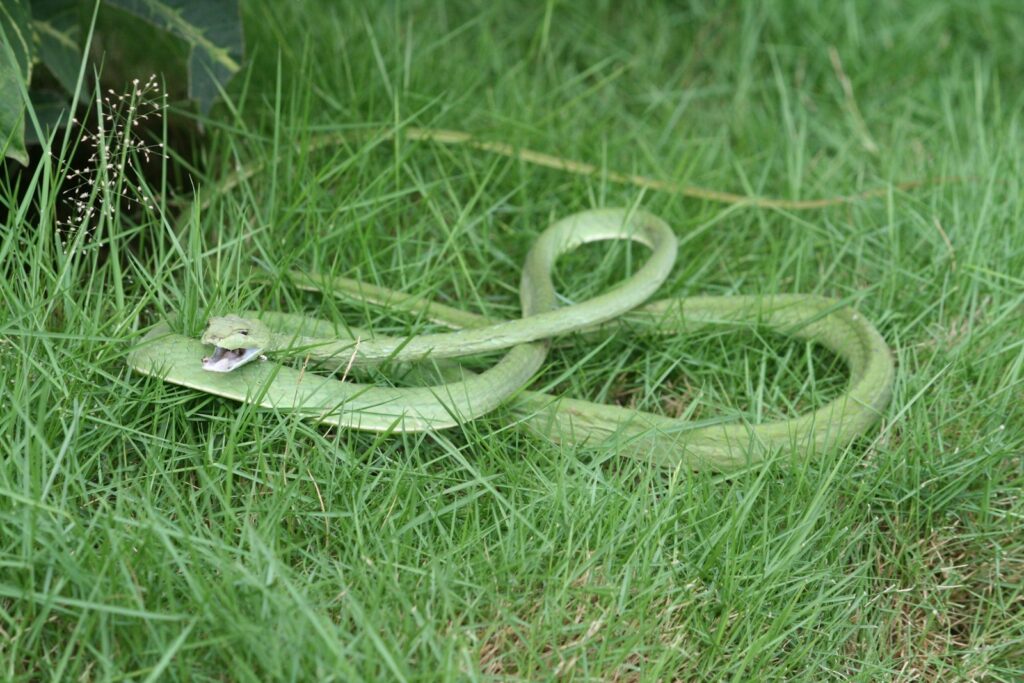
The persistent myths surrounding venomous snakes reveal our complicated relationship with these misunderstood predators. By replacing fiction with fact, we can develop more appropriate responses to snake encounters and make better decisions regarding personal safety. Most venomous snakes are not the aggressive, bloodthirsty creatures of legend but rather shy animals that prefer to avoid human contact. Understanding their true nature and behavior not only helps protect humans from potentially dangerous situations but also contributes to the conservation of these ecologically important animals. Rather than perpetuating fear-based misinformation, we should approach these remarkable creatures with respect, caution, and a commitment to coexistence based on scientific understanding.


